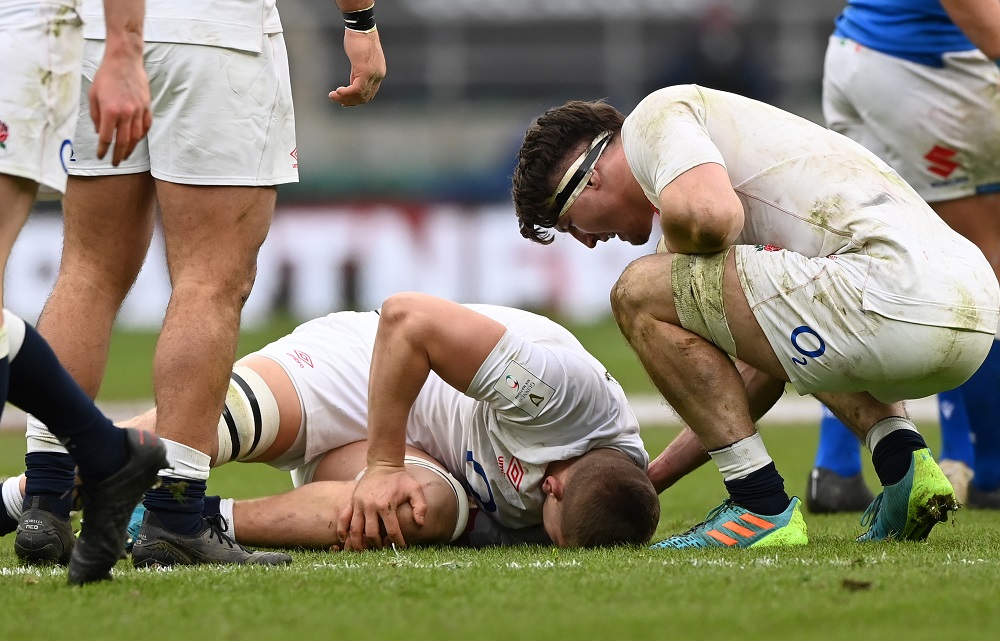Ligament injuries and meniscal injuries are treated slightly differently.
Ligaments: Isolated MCL injuries very often heal by themselves and don’t always require surgery. However, the patient would need a knee brace and an extensive period of rehabilitation before being fit to return to sport. In professional athletes, ACL injuries often do require surgery, with the aim of the surgery being to restore stability to the knee, which is required for high-speed changes of direction and pivoting.
Meniscal injuries: Where possible, an early repair of a torn meniscus can give the best long-term outcomes and this is often done at the same time as other ligament surgery. However, not all meniscus tears can be repaired, in which case they may be trimmed.
